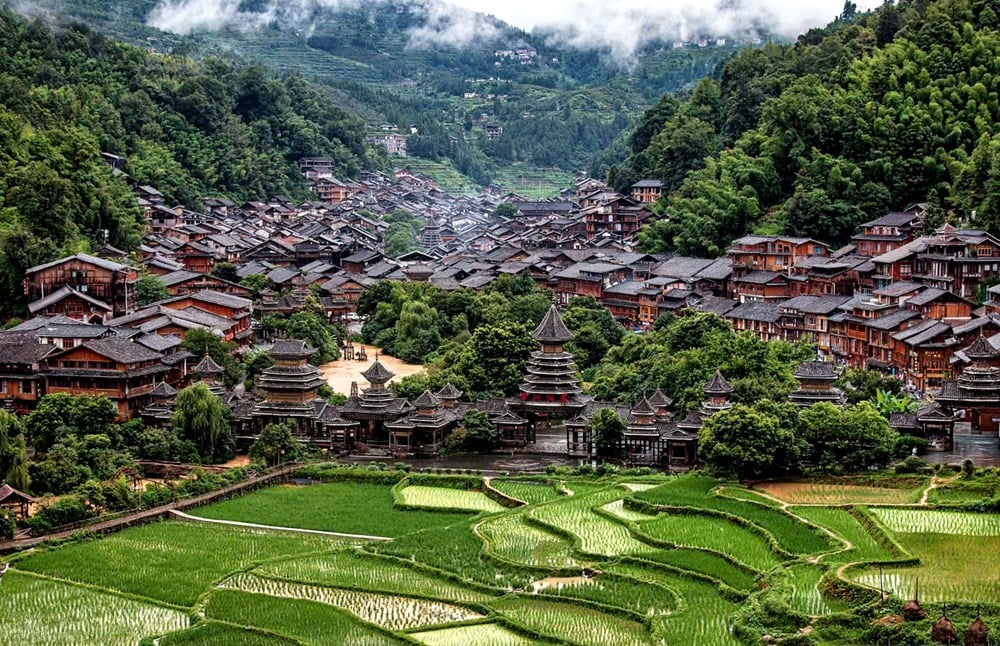
Beautiful villages in Guizhou transformed by tourism
Sustainable green tourism development models are spreading strongly, clearly showing a global trend: Spreading lifestyle instead of just selling products.
From weaver to green living storyteller
In Fengdengdong village, Guizhou province, home to the Dong ethnic community, Yang Chenglan's story is an inspiring example.
Since returning to her hometown in 2016, she has revived the traditional brocade weaving craft. But what really makes her stand out is not just her annual sales exceeding 1 million yuan, but the way she “transforms” those products into an immersive experience for tourists.
“I want them to buy brocade and I also want them to live with brocade, from weaving, dyeing, embroidering, to sitting down to eat with the villagers. That is the only way for the culture to not only be preserved but also spread,” Ms. Lan shared.
Prices for “hands-on” experiences range from 100 to several hundred yuan, a reasonable price, but one that offers great value to both guests and the local community.
Many tourists have returned a second or third time, not because of a lack of products, but because they "miss" the feeling of living in the local rhythm.
From “Cun Chao” to “Village Marathon”: When the countryside becomes a living stage
Guizhou Province, which is considered a land rich in culture but poor in infrastructure, is witnessing a strong transformation as village-branded cultural and sports events are regularly held, attracting a large number of young urban people.
Names like “Cun BA Village Basketball Tournament”, “Village Marathon”, “Folk Singing Association” are no longer strange on Chinese social media platforms.
For example, the "Cun Chao" village football tournament held in Dung Giang district in 2023 welcomed more than 2.41 million visitors in just the first 5 months of 2025, an increase of nearly 12% over the same period.
People come here to watch football. And more importantly, they come to eat local food, sing folk songs with the locals, take pictures with the mountain scenery, and above all, to feel a slow, green and deep lifestyle.
“Cun Chao is not just about football, it is about living culture. It is where I learned how people celebrate festivals, grow vegetables, and sing folk songs. Every trip is a living classroom,” said Wu Qilin, a tourist from Chengdu.
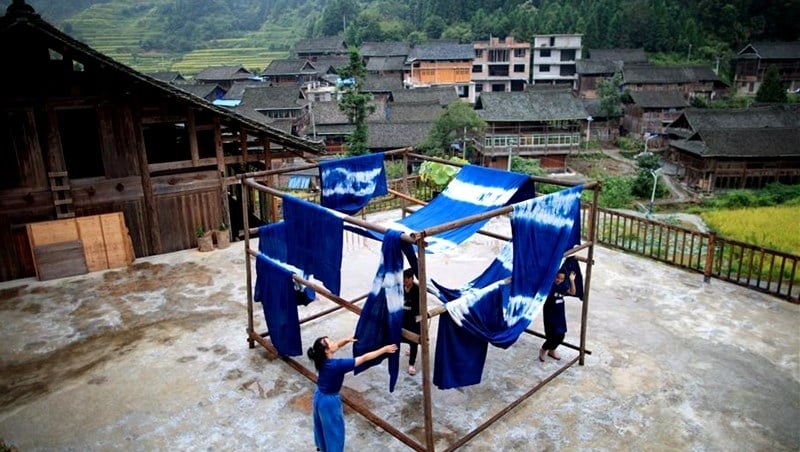
Tourism development helps create livelihoods for local people and preserve traditional culture.
Green tourism - the door to sustainable livelihoods and cultural preservation
According to data from the Chinese Ministry of Culture and Tourism, in the first quarter of 2025, rural tourism attracted 707 million visitors, up 8.9% over the same period last year. These are no longer dry numbers, but reflect comprehensive changes, from landscape to people's lives.
Ms. Yang Lu, Deputy Director of the Department of Culture, Sports, Radio, Television and Tourism of Dung Giang District, commented: “Rural tourism today is not simply about seeing beautiful scenery or buying specialties. We want tourists to truly live in the village, where they connect emotionally, experience handicrafts, taste traditional dishes and bring back cultural memories.”
Many localities have known how to "package" agricultural , cultural and natural products into comprehensive experiences, from farming for a day, weaving brocade, leading buffaloes to plowing, sleeping in earthen houses and telling folk tales.
That is the lifestyle that is spreading, not noisy, not industrialized but full of emotional value and still brings economic value.
Experience life with a rich Chinese flavor
Another notable model is taking place in Maotai town, Zunyi city, the birthplace of the famous baijiu.
Distilleries are no longer just open to sell wine, but have evolved into cultural, culinary and scenic experiences. Visitors can tour the brewing process, try blending, eat specialties that go with baijiu and sleep in homestays styled as “ancient wineries”.
Shifting from “selling products” to “selling life experiences”, local businesses realize that the added value lies not in the bottle of wine, but in the story and atmosphere surrounding it. This is also their approach to green consumption: encouraging slow enjoyment, deeper and more sustainable connection with the environment and community.
Lessons for Asia and the world: Tourism is the economy and the culture of life
The rise of green tourism models in rural China shows that with the right investment and understanding of identity, villages can become creative centers for sustainable development.
Traditional values are not "frozen" in museums, but come alive through every festival, song, dish, and hand-woven fabric.
More importantly, this change is contributing to improving the lives of rural people in a substantial way, without sacrificing identity.
People like Duong Thanh Lan not only become successful businessmen, but also preserve and spread culture in a modern, humane and green way.
In the context of the global move towards responsible tourism development, rural China is opening up a direction worth learning: Sustainable tourism development does not need to destroy the present, but only needs to understand and cherish the past, then retell it in a lively language, close to today's generation.
Source: https://bvhttdl.gov.vn/nong-thon-trung-quoc-chuyen-minh-nho-du-lich-xanh-20250709060353151.htm





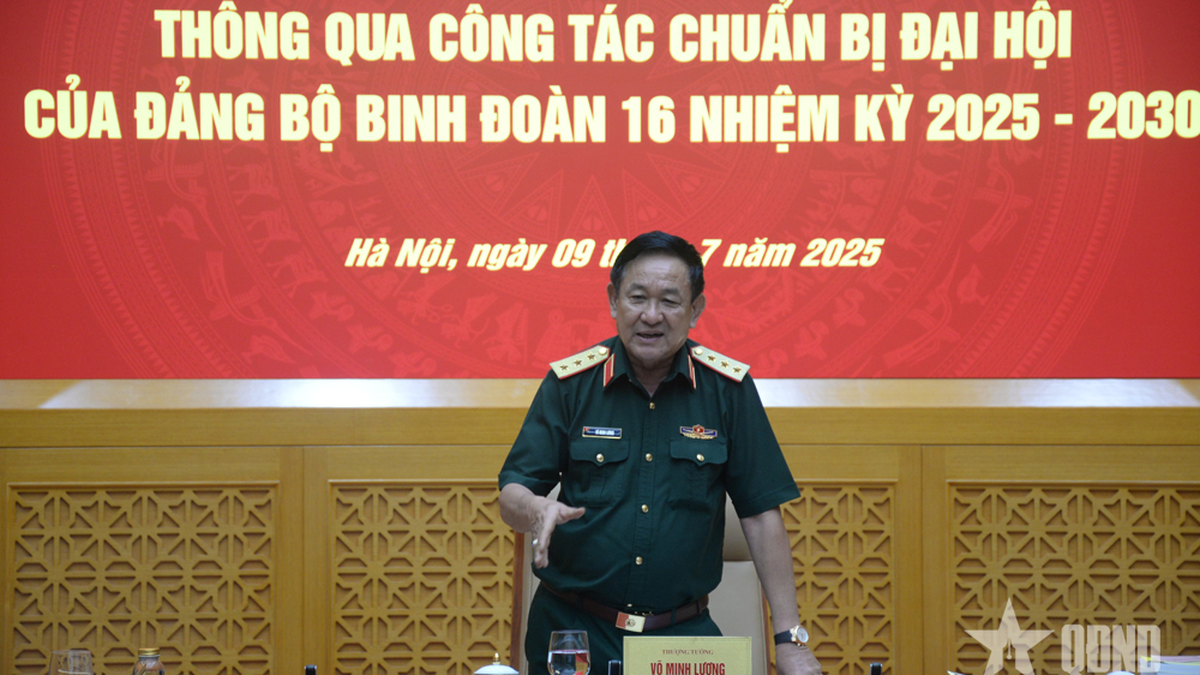

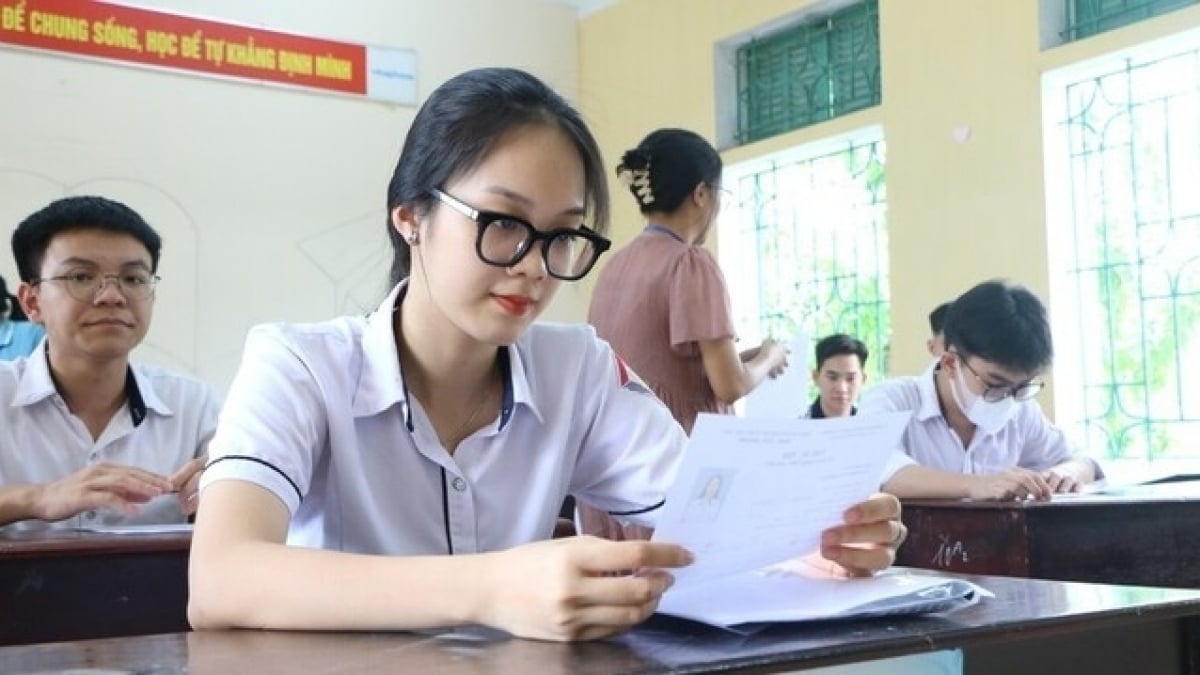
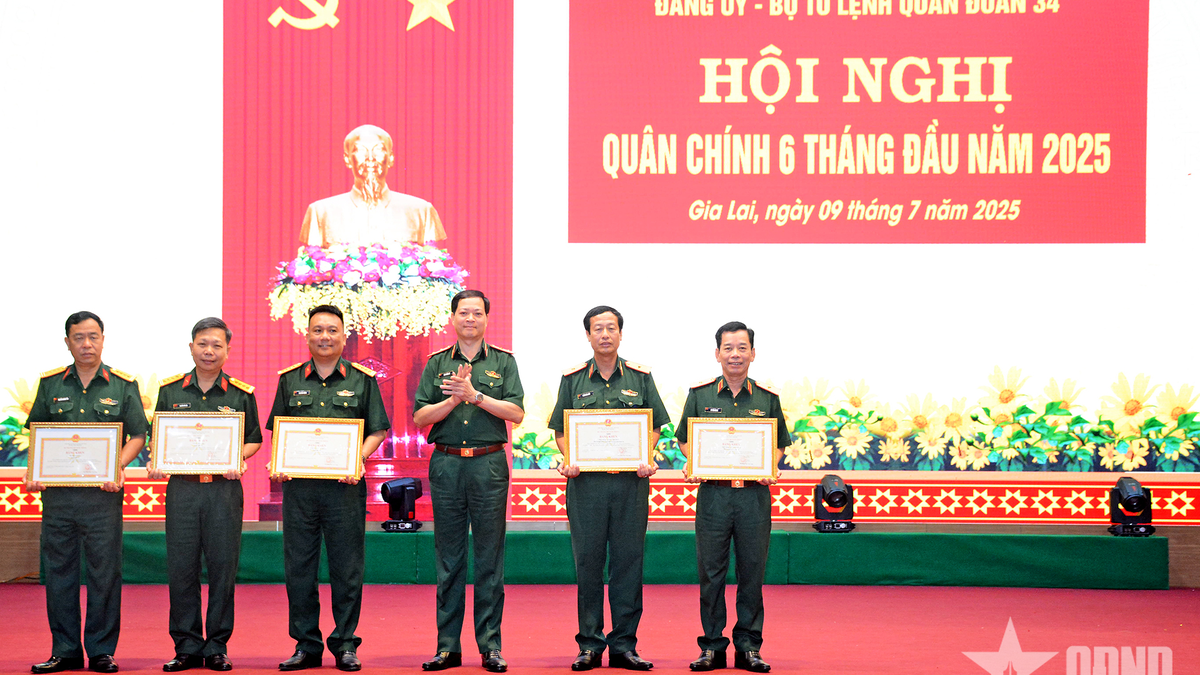
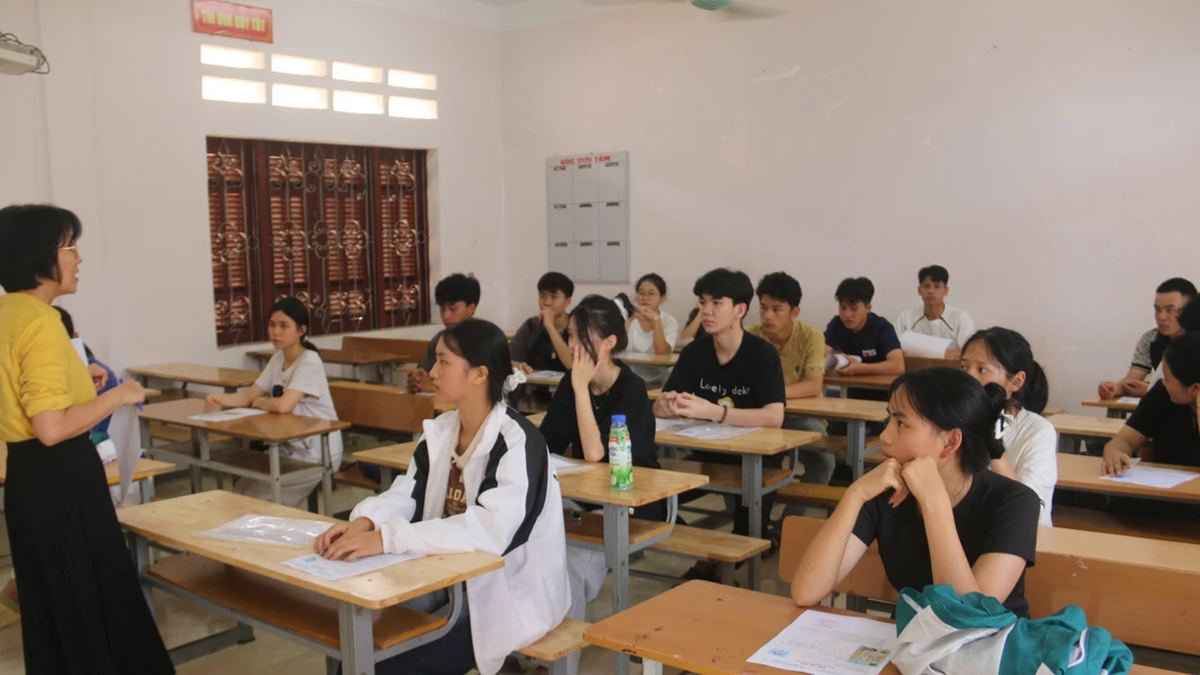
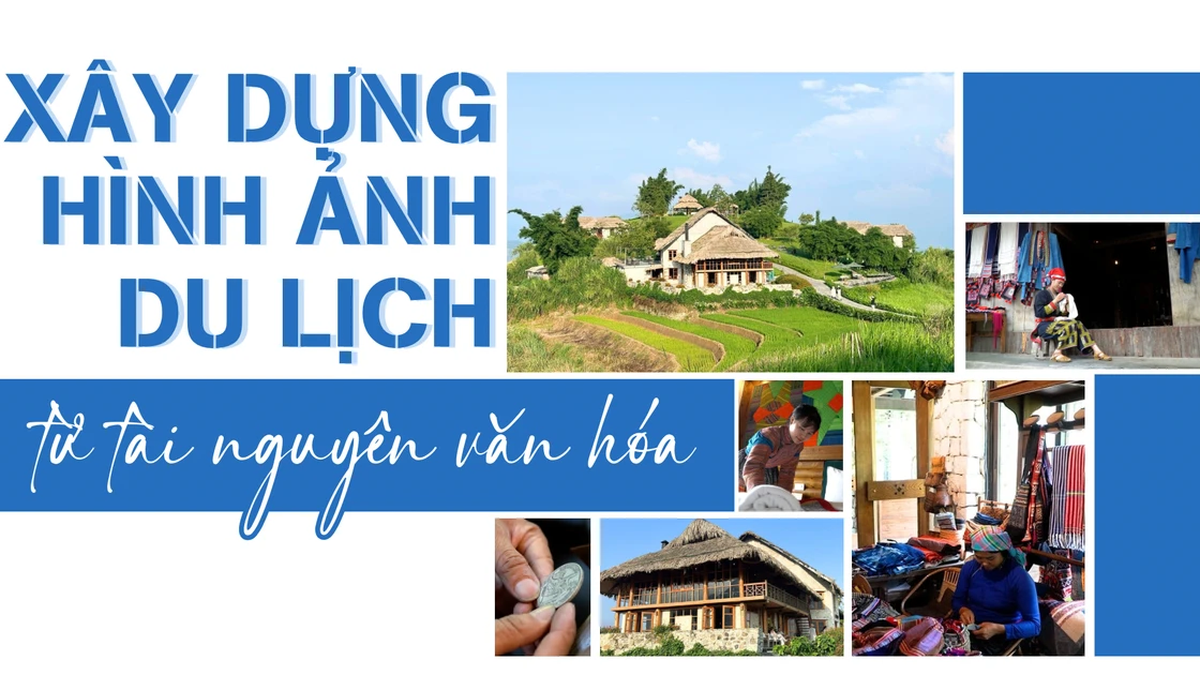
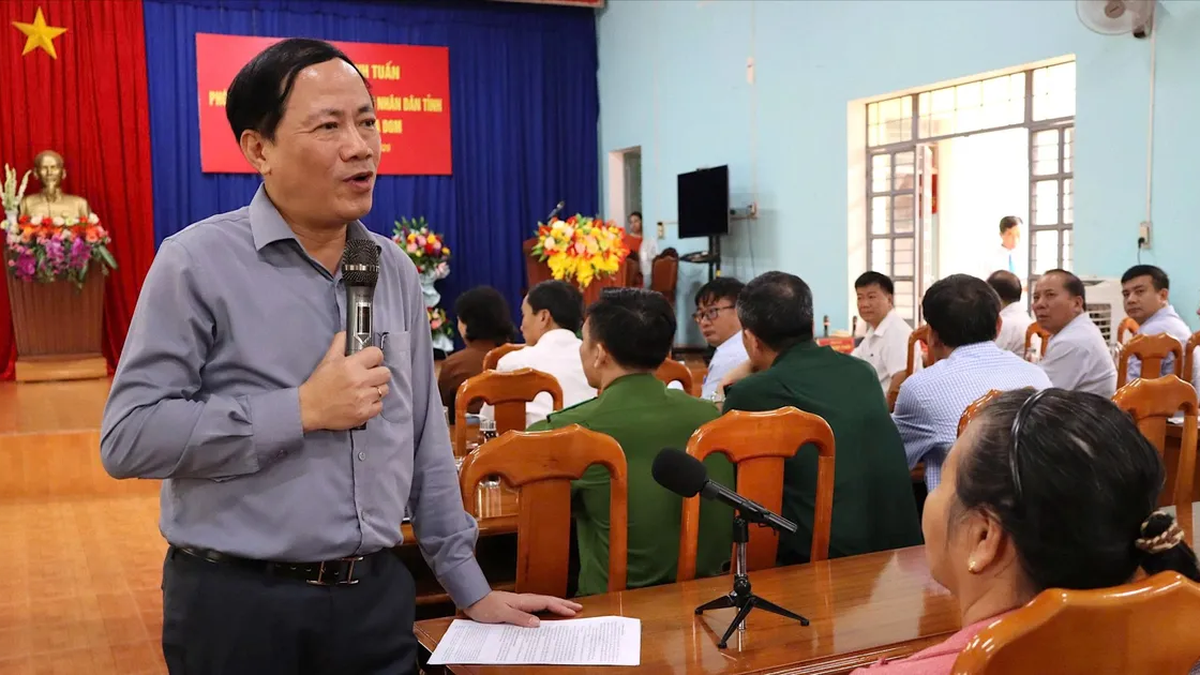
















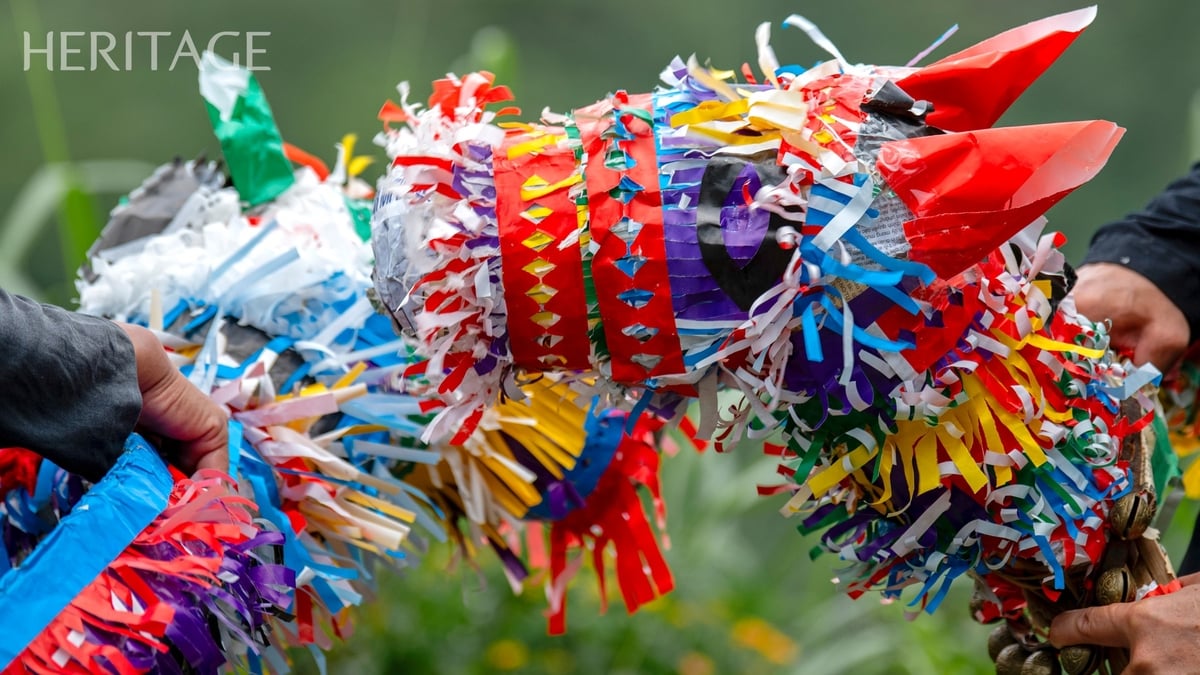



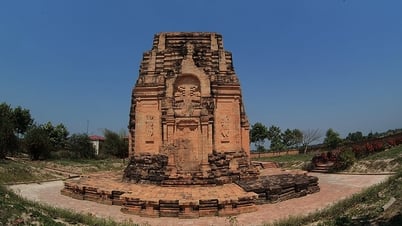



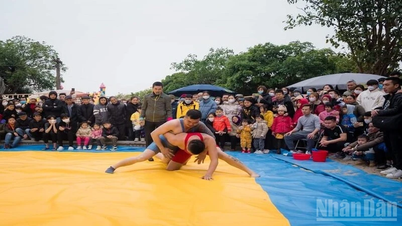





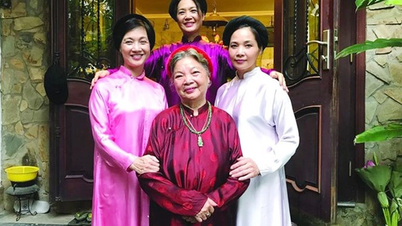











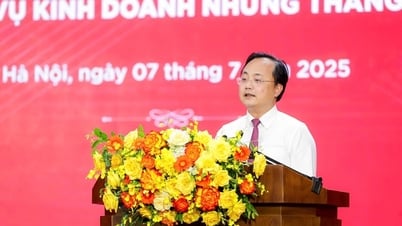

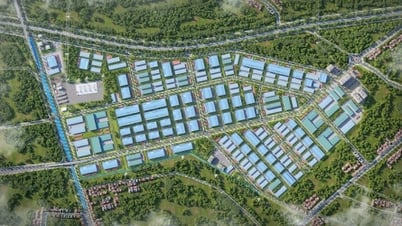




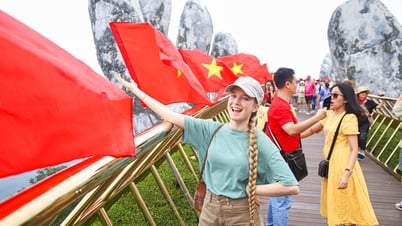

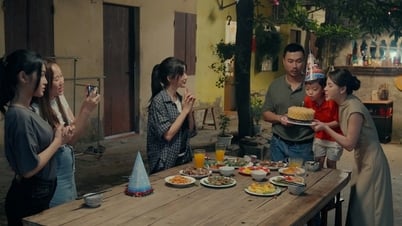




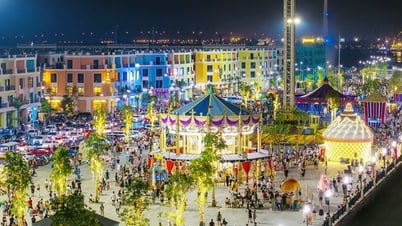

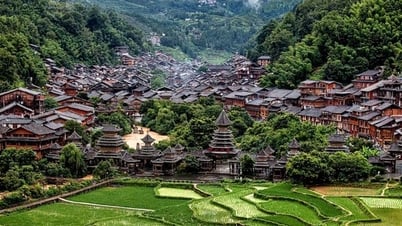
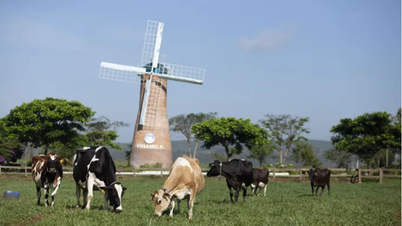

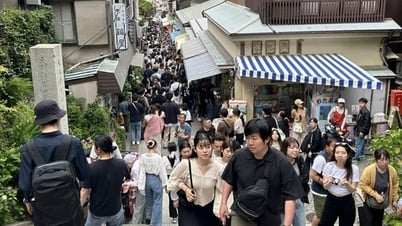
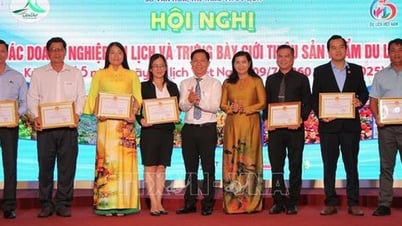









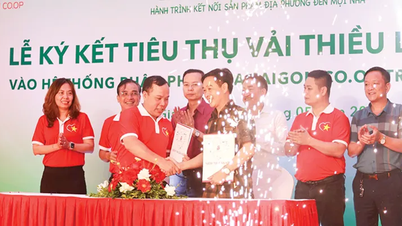

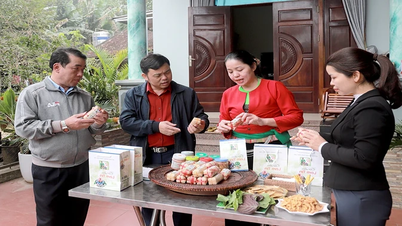







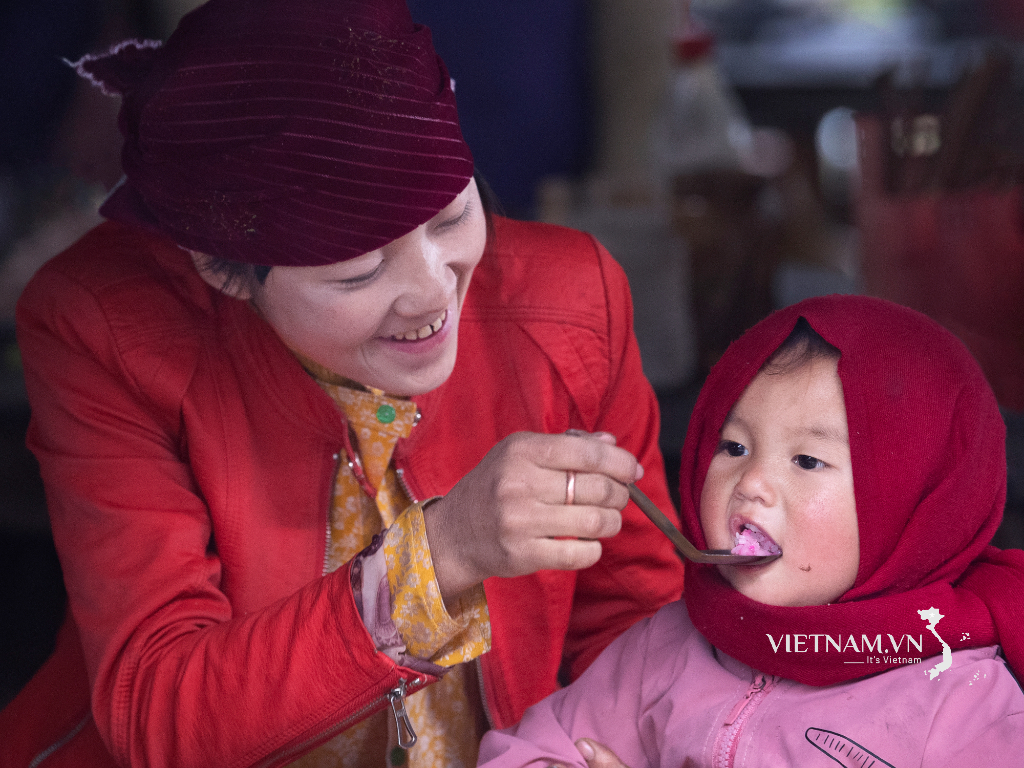


Comment (0)